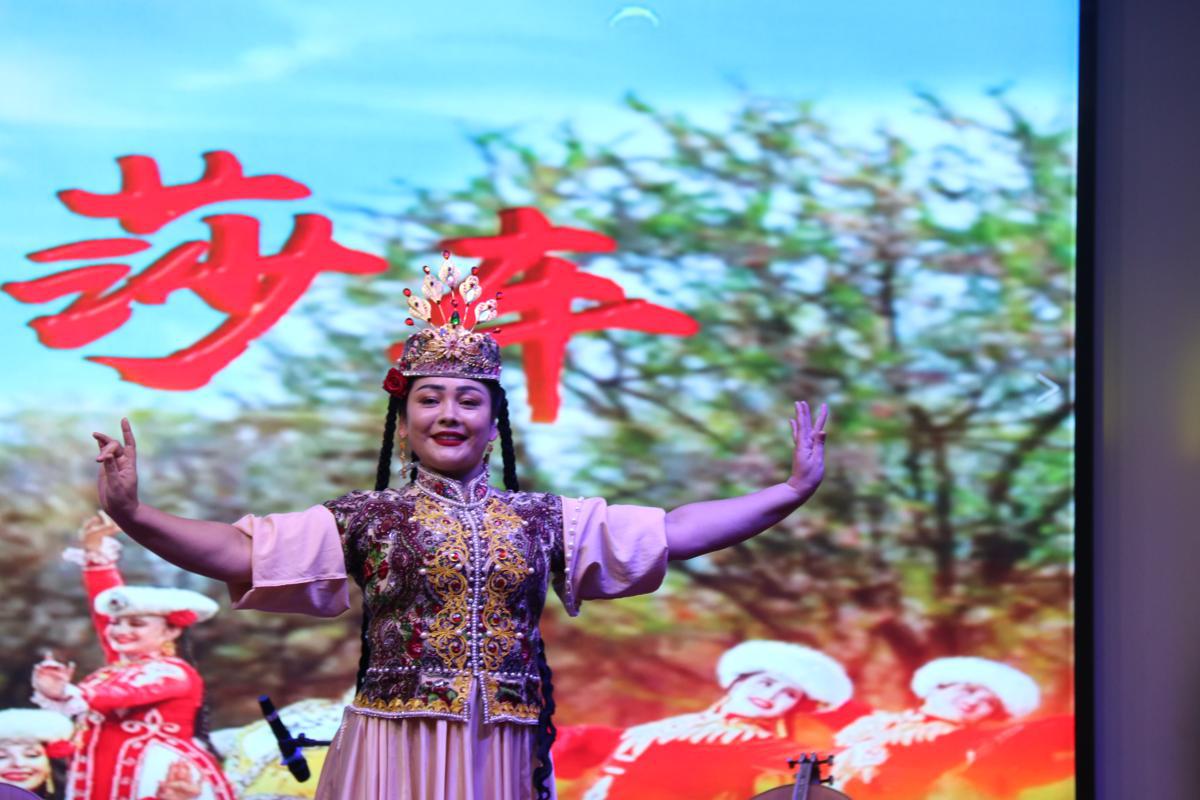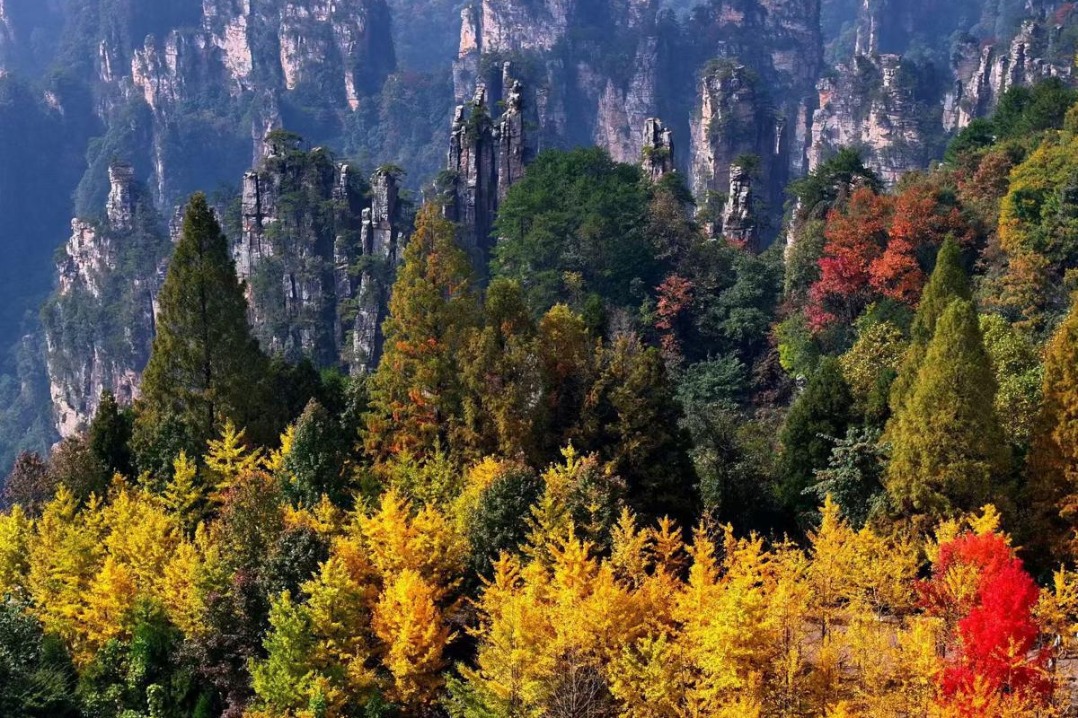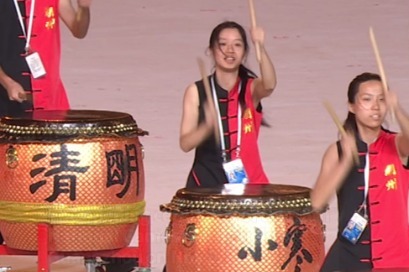Centuries-old Muqam art finds new vigor in Xinjiang’s Shache county


The Uygur Muqam art, an ancient synthesis of song, dance and instrumentation, has experienced a new vigor in its birthplace of Shache county, Northwest China's Xinjiang Uygur autonomous region.
Inscribed by UNESCO in 2005 as an Intangible Cultural Heritage of Humanity, the 12 Muqam genres date back to the mid-16th century. Palace performers of that era compiled folk melodies sung for millenniums into 12 anthologies, giving rise to the 12 Muqams as they are known today. This rich heritage earned Shache the moniker hometown of the 12 Muqams.
To safeguard this cultural legacy, Shache established the Muqam Heritage Center in 2007 and launched the 12 Muqams culture and art festival. This catalyzed a multifaceted drive to inherit, promote and breathe new life into the age-old traditions.
Beyond its exhibitions of artifacts and musical instruments, the center trains folk artists recruited from local villages, hosting daily rehearsals and performances. Inheritors now hone their craft here, enchanting visitors with shows that unveil the splendors of this cultural gem.
Whether urban or rural, Shache's residents from all walks of life share a passion for the 12 Muqams. Wherever people congregate, the melodies and dances arise. Over 1,000 registered Muqam artists span venerable masters and prodigious youth, all able to sing or dance excerpts from the revered anthologies.
- Xizang unboxed: Fresh perspectives
- China's first double-deck cable-stayed suspension bridge opens to traffic over Yangtze
- Southern Ocean releases far more CO2 in winter than previously thought: study
- China-Arab States Forum on Radio and TV opens in Chongqing
- China's Global Mangrove vision takes root in Shenzhen
- Tianwen 1 Mars orbiter captures rare images of interstellar comet 3I/ATLAS




































